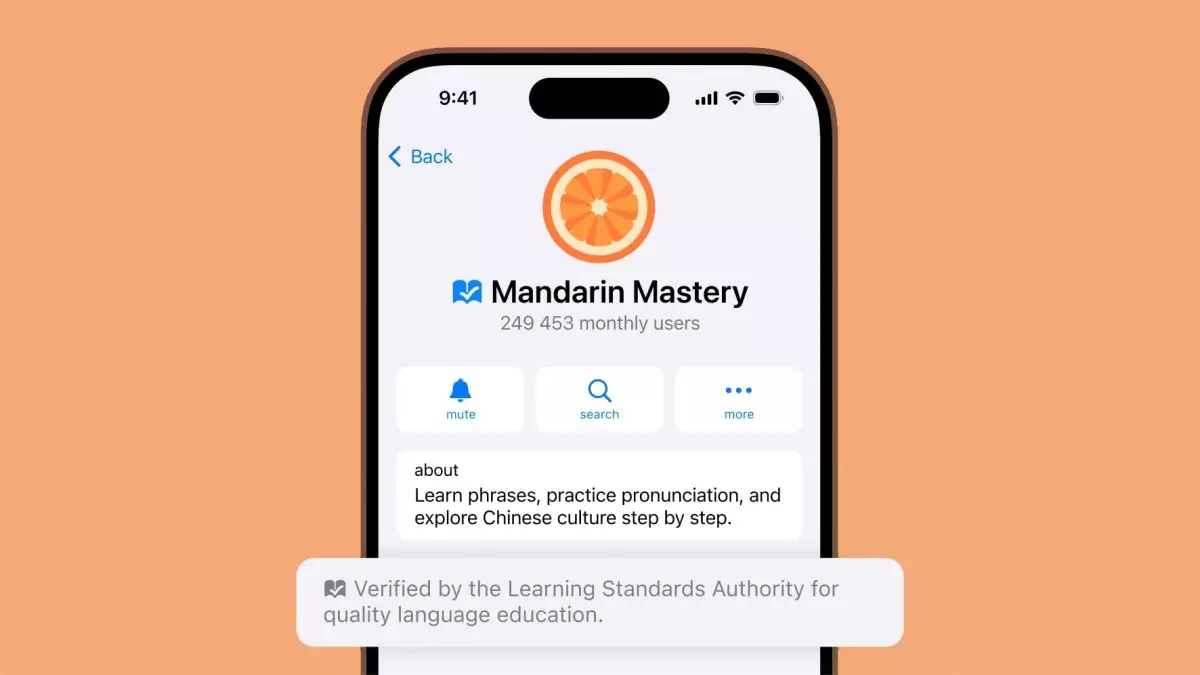Telegram has taken significant strides in early 2023 with its latest update, which prominently features a new method for account verification facilitated by third-party organizations. This move comes as a response to the increasing demand for transparency and authenticity within digital communication platforms. Previously, Telegram already offered verification for public figures and institutions, yet this new initiative aims to bolster credibility further by allowing external bodies—such as regulatory organizations and established educational entities—to confer verification onto accounts. Instead of the familiar blue checkmark, accounts verified through recognized third parties will bear a distinctive logo, signaling their authenticated status.
This innovative approach to verification promises to enhance user confidence and create a safer online environment. Telegram’s announcement highlighted their commitment to curbing scams and misinformation, suggesting that the decentralized verification process could set a new benchmark for safety among social media platforms. By providing transparent avenues through which users or entities can achieve verification, Telegram is embracing a more community-driven model.
To receive the coveted verification mark, applicants must first complete an application and undergo a rigorous verification process. This requirement emphasizes the platform’s emphasis on preventing misuse of the verification system, echoing similar principles seen in other social media contexts where verification is often heavily criticized for lack of transparency. By utilizing its Bot API, Telegram makes the verification management process more efficient, enabling organizations to assign or rescind verification status seamlessly—a feature reminiscent of the methods employed by platforms like X (formerly Twitter).
Once verified, affiliated accounts can display their organization’s logo, further deepening the connection between the entities and their verified members. This capability holds significant implications for brand integrity and user trust on the platform.
Besides enhanced verification, Telegram’s latest update also introduces an innovative integration of non-fungible tokens (NFTs) into its gifting functionality. Users can now convert gifts into NFTs, complete with custom backgrounds and icons, thereby tapping into the growing interest in digital collectibles. This feature requires users to purchase Telegram Stars, available through the app or via the Fragment site, where users can also link their TON crypto wallets.
The option to trade these NFTs on various platforms signals Telegram’s embrace of the blockchain and its potential for creator monetization, enhancing user engagement while creating fresh revenue streams. Importantly, Telegram charges users for the upgrade to collectibles—a necessary step to manage blockchain transaction costs—a practice that highlights the complexities associated with integrating cryptocurrency into social networks seamlessly.
In addition to the updates regarding verification and NFTs, Telegram has rolled out several other features, including emoji reactions for service messages, such as when users join a group. It’s also introduced enhanced search

